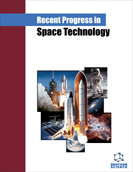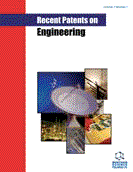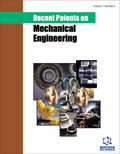Abstract
Instruments designed to test for signs of life on Mars must have operational simplicity and efficiency. One example is the Life Marker Chip being developed to fly on the forthcoming European Space Agency ExoMars mission. Target organic compounds include both polar and non polar molecules and, prior to our patented discovery, no solvent had been tested which effectively extracted both types of molecule in a fashion which was compatible with antibodybased detectors. We have compared the extraction efficiency of water-based solvents alongside conventional organic solvents to determine their suitability for extracting organic mixtures on space missions. Using a range of hydrocarbon standards and a Mars regolith simulant (JSC Mars-1) we have concluded that a water-methanol mix with 1.5 to 2.5 g/L of polysorbate 80 represents the most suitable solvent with extraction efficiencies that can achieve up to approximately 30% of that using conventional organic solvents (assuming 100% efficiency with 93:7 (vol:vol) dichloromethane:methanol mixtures). The surfactant solution will also provide solutions to terrestrial problems, one of which is explored in the patented work.
Keywords: Life detection, organic compounds, extraction, Life Marker Chip, ExoMars, surfactants, Polysorbate, sonication, gas chromatograph, Spin-offs, polyoxyethylene
Recent Patents on Space Technology
Title: New Solvents for Space Missions: Utility for Life Detection Instruments and Notable Terrestrial Applications
Volume: 1 Issue: 1
Author(s): Mark A. Sephton, Richard W. Court, Alexander O. Baki, Mark R. Sims and David Cullen
Affiliation:
Keywords: Life detection, organic compounds, extraction, Life Marker Chip, ExoMars, surfactants, Polysorbate, sonication, gas chromatograph, Spin-offs, polyoxyethylene
Abstract: Instruments designed to test for signs of life on Mars must have operational simplicity and efficiency. One example is the Life Marker Chip being developed to fly on the forthcoming European Space Agency ExoMars mission. Target organic compounds include both polar and non polar molecules and, prior to our patented discovery, no solvent had been tested which effectively extracted both types of molecule in a fashion which was compatible with antibodybased detectors. We have compared the extraction efficiency of water-based solvents alongside conventional organic solvents to determine their suitability for extracting organic mixtures on space missions. Using a range of hydrocarbon standards and a Mars regolith simulant (JSC Mars-1) we have concluded that a water-methanol mix with 1.5 to 2.5 g/L of polysorbate 80 represents the most suitable solvent with extraction efficiencies that can achieve up to approximately 30% of that using conventional organic solvents (assuming 100% efficiency with 93:7 (vol:vol) dichloromethane:methanol mixtures). The surfactant solution will also provide solutions to terrestrial problems, one of which is explored in the patented work.
Export Options
About this article
Cite this article as:
A. Sephton Mark, W. Court Richard, O. Baki Alexander, R. Sims Mark and Cullen David, New Solvents for Space Missions: Utility for Life Detection Instruments and Notable Terrestrial Applications, Recent Patents on Space Technology 2011; 1 (1) . https://dx.doi.org/10.2174/1877611611101010007
| DOI https://dx.doi.org/10.2174/1877611611101010007 |
Print ISSN 2210-6871 |
| Publisher Name Bentham Science Publisher |
Online ISSN 1877-6116 |
 11
11















